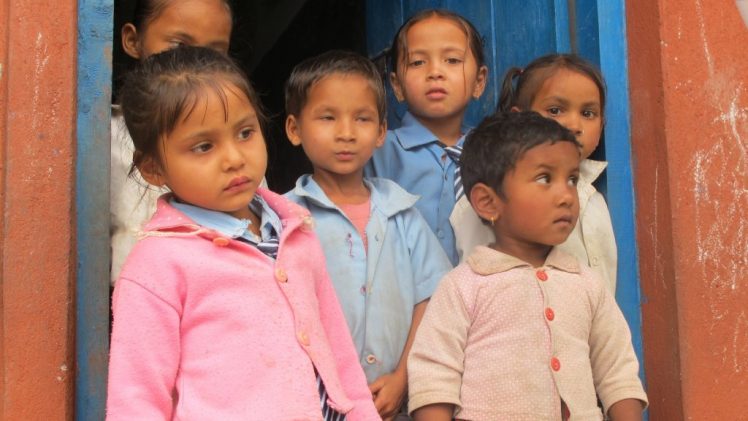Nepal suffers from a variety of challenges concerning poverty reduction and the prosperity of its people. Landlocked between India and China, Nepal contains eight of the ten highest mountain peaks in the world. Famous for its breathtaking topography, Nepal holds sanctity for many outdoor-adventure enthusiasts. The Himalayas contribute to the remoteness and inaccessibility in the region and this has helped shape the history and cultural ways of the people who live among them.
Visitors to Nepal enthusiastically recognize the Nepalese for their kindness and generosity despite the considerable poverty and hardship that is prevalent. The Nepalese are diverse- made up of many ethnic and language groups. Amongst a majority of practicing Hindus there are also sizable numbers of Buddhists, Muslims, and other indigenous religious groups.
Agriculture is the foundation of Nepal’s economy accounting for about one-third of the GDP. The majority of industrial activity involves the processing of agricultural products, such as rice, pulses, wheat, mustard, and grain. However, political instability in Nepal has hindered investment and development.
Nepal is what the UN defines as a Least Developed Country (LDC) and its markers of development have remained well below the Asian average. With a GDP per capita (PPP/capita) at $1,200 (2010 est.), Nepal ranks 22nd from the bottom out of 227 countries. These statistics are reflected in low levels of literacy, short life expectancy, high infant mortality, as well as poor access to safe drinking water and sanitation.
Over 30 per cent of Nepalese live on less than US$14 per person, per month. Two out of every three Nepalese suffer from food insecurity each year. About 80 per cent of Nepal’s people live in rural areas and depend on subsistence farming for their livelihoods. Household food insecurity and poor nutrition are major concerns in these areas, where about half of children under five years of age are undernourished. More than 50,000 children die in Nepal each year, with malnutrition as the underlying cause for more than 60 per cent of these deaths. Over 85% of Nepalese have no access to healthcare.
The literacy rate for 2011 is estimated at 57.4% for adults over 15 years old according to the CIA World Fact Book. This puts Nepal in 194th place out of 215 countries for level of literacy ranked by the CIA. The Fact Book estimates the female literacy rate at 46.7% and the male rate at 71.1%.


